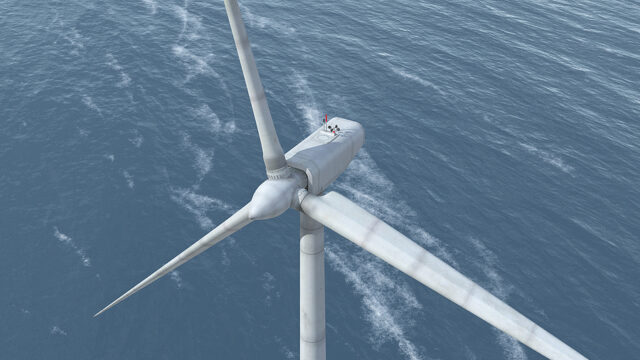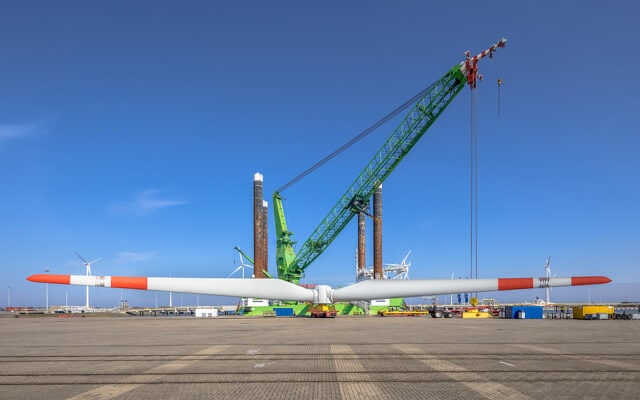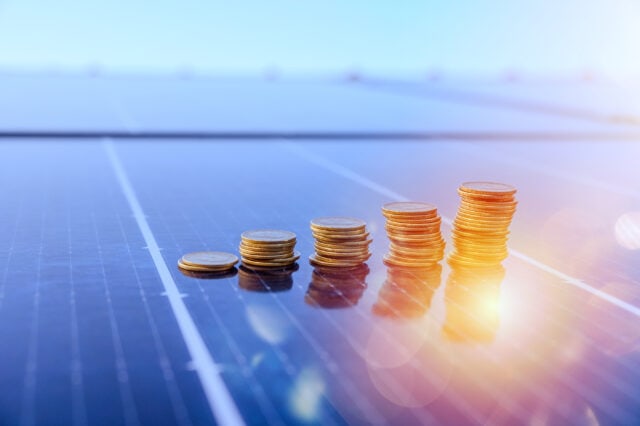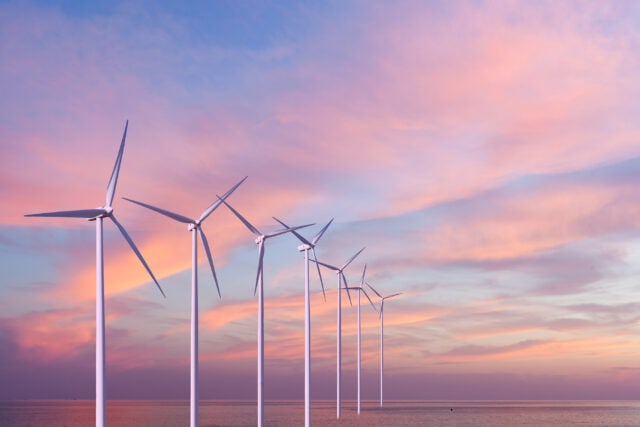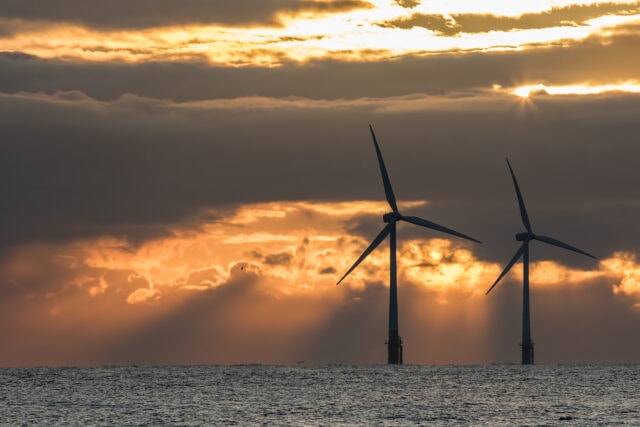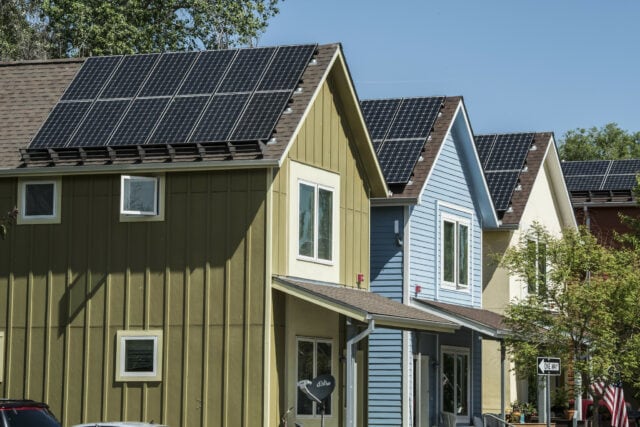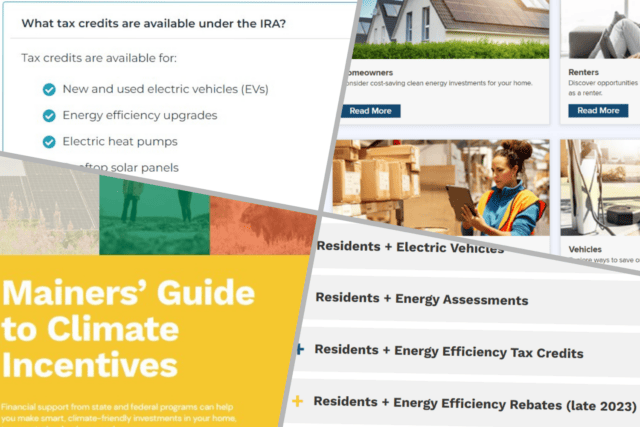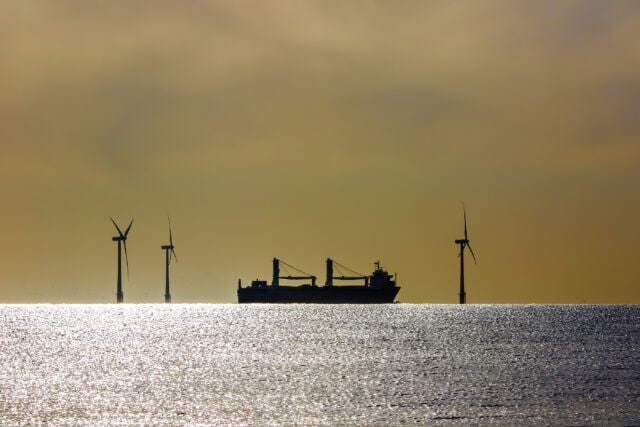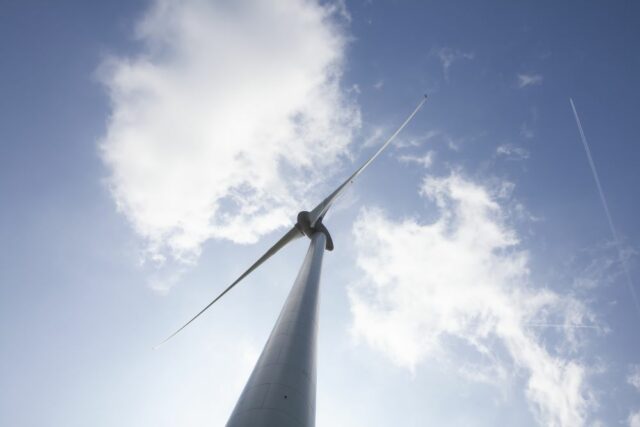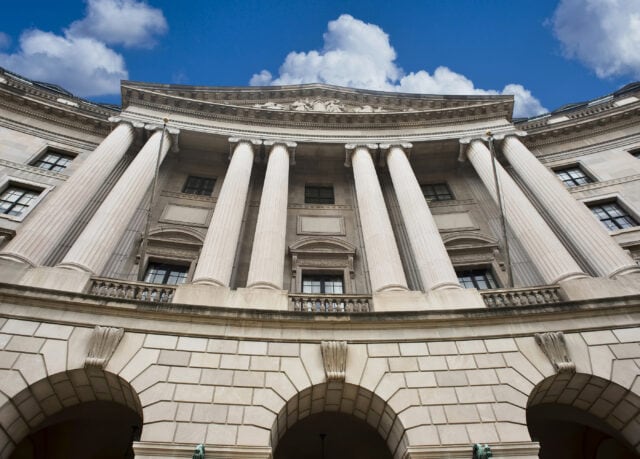CESA Blog
Reducing Peak Demand: Lessons from State Energy Storage Programs
States are increasingly adopting clean energy plans and climate goals, meaning our electric grids are more frequently fueled by variable renewables like solar PV and wind energy. While renewables are inexpensive and clean, they are not dispatchable without energy storage – in other words, they may not generate power at the right times to meet…
Three Questions with Chris Kearns, Acting Commissioner of the Rhode Island Office of Energy Resources
In October 2023, Massachusetts, Connecticut, and Rhode Island signed a memorandum of understanding (MOU) to create a pathway toward the nation’s first multi-state offshore wind power procurement solicitation. The MOU allows developers to submit bids to the three states at once, which could potentially reduce costs for ratepayers, diversify the region’s energy portfolio and expand…
Three Questions with Matt Shields, Researcher at the National Renewable Energy Laboratory
In May 2023, the National Renewable Energy Laboratory (NREL) published a report titled A Supply Chain Road Map for Offshore Wind Energy in the United States. Combined with its sibling report from 2022, titled The Demand for a Domestic Offshore Wind Energy Supply Chain, the two reports looked at the pathways for developing a domestic…
How to Make the Most of the Investment Tax Credit: Applying for Bonus Credits
The Investment Tax Credit and its Bonus Credits are a game changer for improving the economics of solar and solar+storage projects. For most customer-sited projects, at least 30 percent of eligible solar and solar+storage project costs are eligible for either: Direct pay reimbursement (for tax exempt entities) or A tax credit (for entities with tax liability)…
Three Questions with Jonathan Kennedy: An Update on the New Jersey Wind Port
The New Jersey Wind Port, currently under construction, is slated to be the nation’s first purpose-built offshore wind marshalling and manufacturing port, an important milestone for offshore wind development in the US. The port broke ground in 2021, and its first phase is on track for completion in April 2024. Subsequent phases will be completed…
A Case for Regional Collaboration among States in the New Offshore Wind Economy
In 2022, US state governments increased their collective procurements of offshore wind power to over 8,100 MW. While these collective procurement targets have the potential to transform electricity generation in the US, states have so far come to these targets and approached offshore wind development more generally, on an individual basis. To fully realize the…
Helping States Meet the Solar for All Challenge
The federal Inflation Reduction Act (IRA) has created the best ever opportunity to bring the advantages of solar to low-income households and disadvantaged communities. Up to now, residential and community solar installations have been financed and developed in ways that make it easy for households with above-average incomes to participate and benefit, but often leave…
State IRA Websites: A Valuable Tool for Public Education
For the Inflation Reduction Act to be successful, the public needs to know how to apply for, qualify for, and receive the many tax credits and rebates that will be offered. Between rebates from the Home Energy Rebate Programs and tax credits for consumers, businesses, and tax-exempt entities, consumers have the potential to save billions…
Three questions with the California Energy Commission
Clean Energy States Alliance Research Associate Sam Schacht spoke with three senior members of the California Energy Commission (CEC)—International Relations Senior Advisor Alana Sanchez, Chief of Staff for CEC Chair David Hochschild Katerina Robinson, and Director for Siting, Transmission, and Environmental Protection Division Elizabeth Huber—about how California has worked with international and sub-national partners to…
A conversation on building Maryland’s offshore wind workforce
In the fall of 2022, the U.S. Department of Commerce Awarded $22.9 million to the Maryland Department of Labor from its Good Jobs Challenge grant program. The money is intended to catalyze the development of Maryland’s emerging offshore wind workforce and industry, including the existing Maryland Works for Wind (MWW) program. To learn more about…
EPA’s Climate Pollution Reduction Grant Program: Planning Grant Guidance
EPA recently released full guidance for states to apply for Phase I planning grants, which represent the first tranche of money available through the Climate Pollution Reduction Grant (CPRG) program. This blog post pulls out the most important information that states need to know ahead of the March 31st deadline to inform EPA of their…
Browse by Project
- IRA & BIL Implementation
- 100% Clean Energy Collaborative
- Building Decarbonization and Clean Heating/Cooling
- Energy Storage Policy for States
- Energy Storage Technology Advancement Partnership
- Interstate Turbine Advisory Council
- Low- and Moderate-Income Clean Energy
- New England Solar Cost-Reduction Partnership
- Offshore Wind
- Renewable Portfolio Standards
- Scaling-Up Solar for Under-Resourced Communities
- Solar with Justice: Connecting States and Communities
- State Energy Strategies Project
- State Leadership in Clean Energy
- Sustainable Solar Education Project


